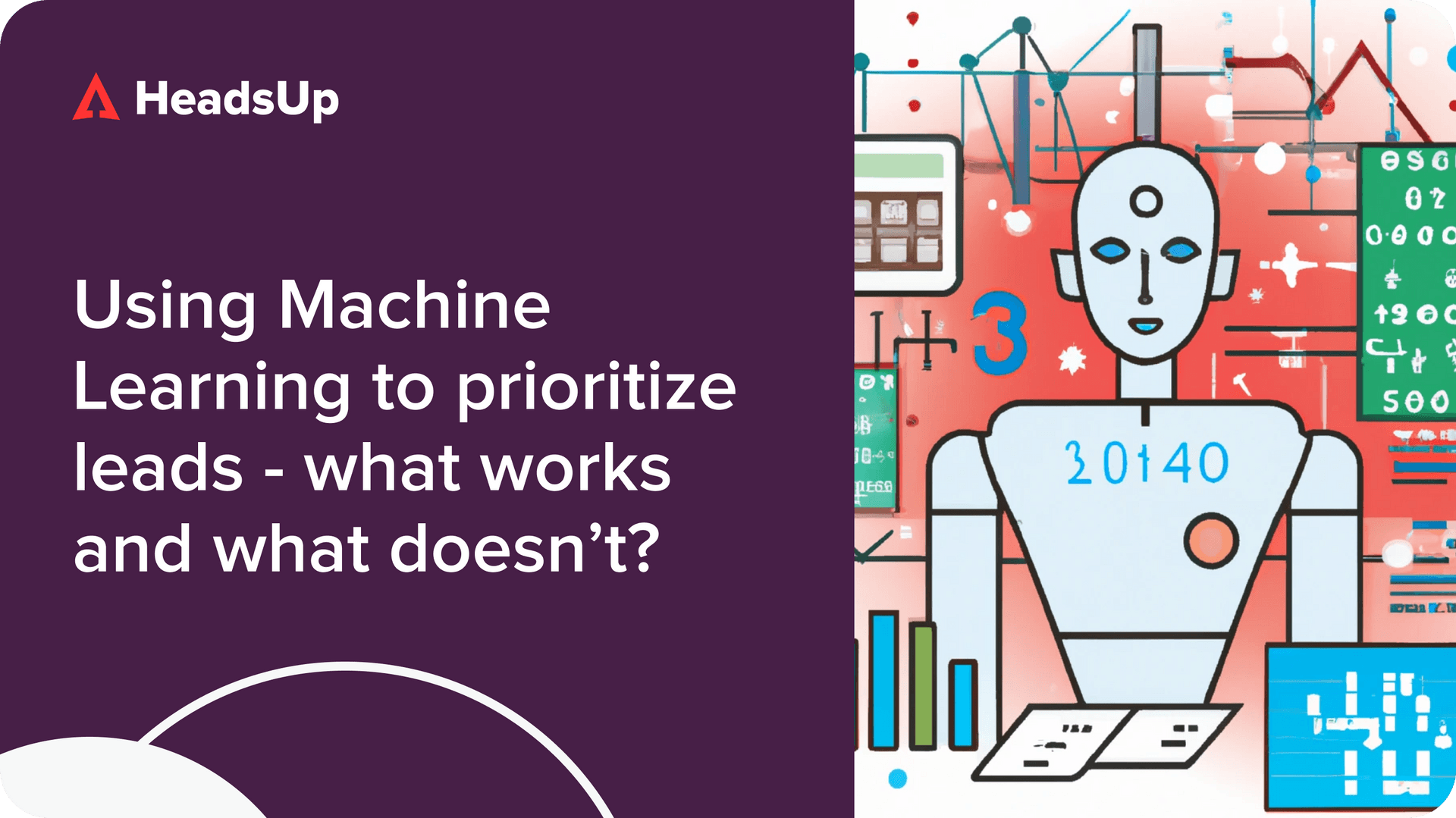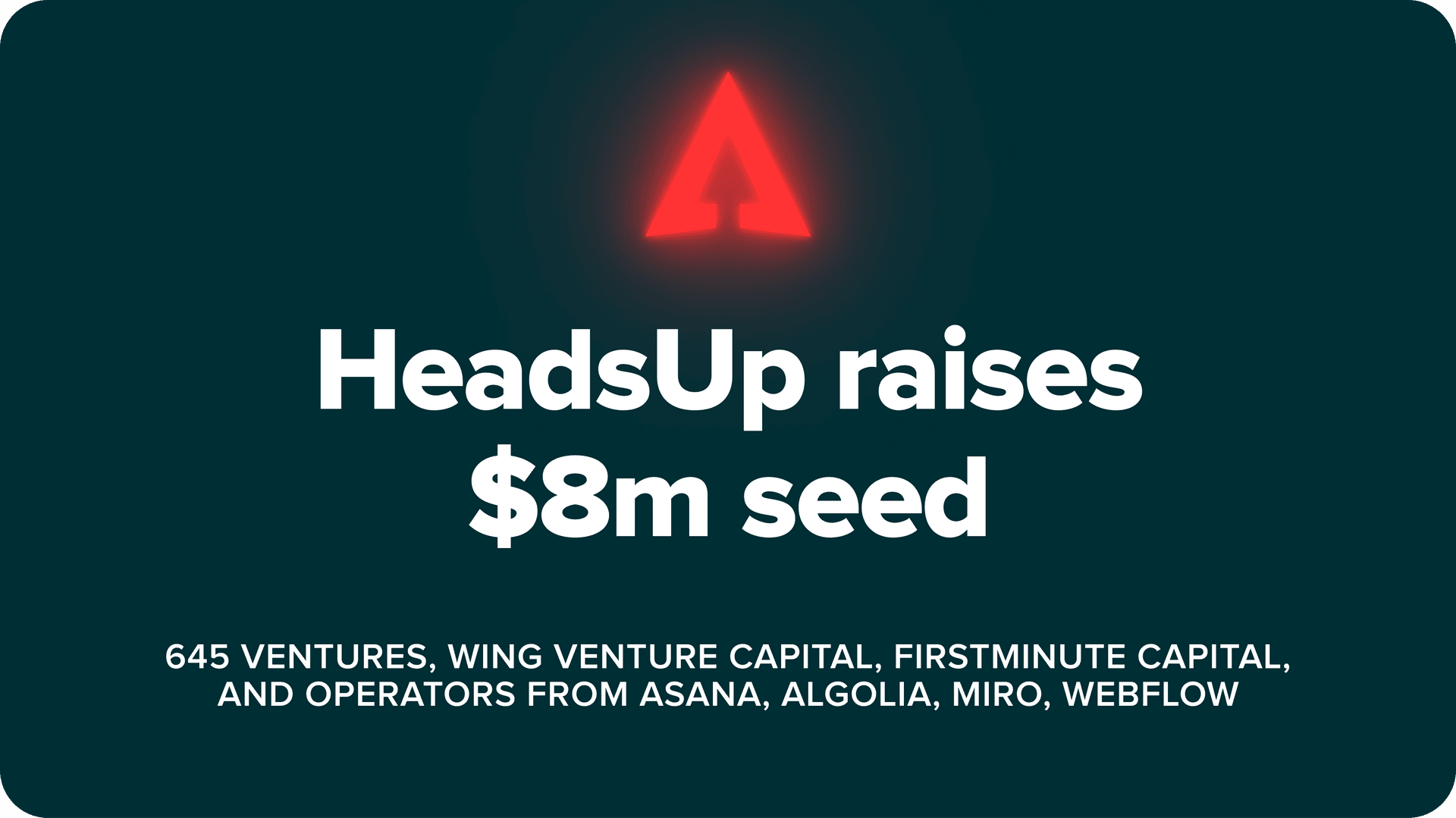In his nearly 4 years at Lucid, Allen Liao has seen a lot of change. The company has grown from only offering Lucidchart, an intelligent diagramming solution, to also providing virtual whiteboard Lucidspark and cloud architecture visualization solution Lucidscale.
At the heart of it all? Visual products that help people collaborate together and achieve better results.
In a recent podcast interview, we sat down with Allen, Group Product Manager, to talk about how he approaches product management in a way that drives maximum value for the right users and also maximum topline revenue for Lucid.
We find the opportunities, prioritize them, start with qualitative research, do quick experiment iterations, then blend those iterations into longer A/B tests with bigger volumes that we can expand to more critical segments of our user base.
Allen Liao, Group Product Manager at Lucid
User engagement is pivotal to success in upmarket sales
“When I joined, we quickly got to a place where there were more and more Fortune 500 companies using our Lucidchart,” says Allen. “I started by building a lot of integrations, like our Google integration, Microsoft integration, and Atlassian integration. This allowed us to upsell the enterprise accounts, check those boxes, help people work more cohesively and also acquire more and more users.”
Today, Lucid still seeks to serve both self-serve and enterprise customers, but the enterprise segment is outpacing smaller customers. “Our enterprise ARR has outgrown our self-serve ARR even though both are growing really, really strongly,” says Allen.
The focus on engaging and upselling enterprise users means that many onboarding and product experiments are designed to fill the needs of larger companies. “When this enterprise customer talks to us, one thing they really care about is their engagement, their usage data, they review those things with the AE and CSM and we need to figure that out—not just give them the data, but make it better and help the user really use the product,” Allen explains.
Figure out what an engaged user really looks like
Early on, Allen was thrown straight into a difficult question…How do we increase engagement?
“I had to do a lot of qualitative and quantitative research to figure out what good engagement looks like for our product, and start to reverse engineer the long term engagement to the onboarding journey, and how to bring users to understand the core value proposition of our product and then expand on that,” explains Allen.
At Lucid, measuring engagement first requires understanding the natural usage frequency for that use case.
Lucidchart, for example, has a ton of different use cases. There are an endless amount of diagram types. To understand good engagement, Allen is a big proponent of qualitative research. “If someone only creates a new diagram when they get a new project, Lucid is not going to be able to control that or assign them a new project,” explains Allen. “They get that project from whatever company they work for, and they use Lucid to outline the whole process. It’s unrealistic to boil the ocean to say hey let’s drive engagement for everyone altogether.”
Instead, it’s important to pull data on segments of users, and then seek to understand how and why they use the product. “We are a very data-driven company,” says Allen. “We start pulling the data to see how are people using it today. And most of the time right if you look at people who have already been registered more than 6 months, and they stay healthy in the key account, you can begin to see what their usage looks like for the past 28 days and layer that with your qualitative findings to start drawing patterns.”
Run this experiment workflow to turn unengaged users to power users
Not every experiment is worth doing. Allen likes to find power user segments and then detect similar users who aren’t power users yet. Then, he runs experiments to get the unengaged users to that fully engaged state.
Here are the steps for making it happen:
1. Start with a valuable user segment
The first step is to start with a valuable user segment. What do your power users look like? At Lucid, many of their power users are tech companies, whether big or small, that use agile methodologies.
Here’s an example Allen provided:
- Look into tech power users and find that they plan their work bi-weekly
- Discover that to plan this work, they create a new diagram bi-weekly
- Also notice some user segments only create a diagram quarterly
- Prioritize cloning the bi-weekly users instead of the quarterly users
“Most of the time, you’re going to pick the bigger population whose use case is prioritized in the company, who you have active feature development for,” says Allen. This means that most of the time, you’d want to come up with experiments for the sort of users who use your product bi-weekly, instead of quarterly.
2. Make sure there’s room for an uplift in engagement with that segment as a whole
The next step is to make sure there’s actually room for improvement with this segment. “There’s always a bright spot in dark spot analysis,” says Allen. “We look at the power user, the people we know who engage, because if every customer could look like that, we would have an amazing business. And then we also look at people who have very similar profiles to these people, but who are just not engaged. And this gives us a very clear way to see where the opportunity is.”
What you want to avoid is finding a segment in which most users are already very engaged. Instead, you want to make sure you’ve identified a segment where power users exist, but there are a lot of users who aren’t at that usage level yet.
3. Do qualitative research to understand what the power users engaged
Allen continues, “Once we get to that point, the next step is to ask, for the power user in this group, how did they get there?”
It’s important to understand the value proposition of the product for the power users in that segment. Allen asks a ton of different questions to get the answers. “We start to pick up very small things that happen when people are trying to learn the product when they first join after registration…the little things along the way that help them see that the product will serve their needs.”
4. Iterate and scale experiments
With the power user and their ideal onboarding path better understood, it’s time to craft experiments based on those patterns. “We look at the other half of people who are not as engaged but we think they can be,” says Allen. “And we start doing a lot of quick iteration, prototyping, reaching out to these people and running different qualitative tests to see do we get a signal? Usually this is a one-week or two-week process. We do several tests a day, working very closely between a PM, UX designers and engineers to run those experiments.”
As these experiments succeed, they get scaled to more and more users. Allen sums up the process like this: “We find the opportunities, prioritize them, start with qualitative research, do quick experiment iterations, then blend those iterations into longer A/B tests with bigger volumes that we can expand to more critical segments of our user base.”
5. Know when to help users discover tools easier versus when to modify those tools
It takes experience (and maybe some intuition) to know when you need to teach users how to use the product better and when you actually need to improve the product so it fits into their workflow. A good product manager needs to continually improve on their ability to gauge which is the right approach. “There are parts of optimization meant to reduce friction and make things simpler and help people discover things. But then there are ways to empower users by understanding their current workflow and adapting to it,” says Allen.
Get more insights from top PLG leaders on the Product Led Sales blog


